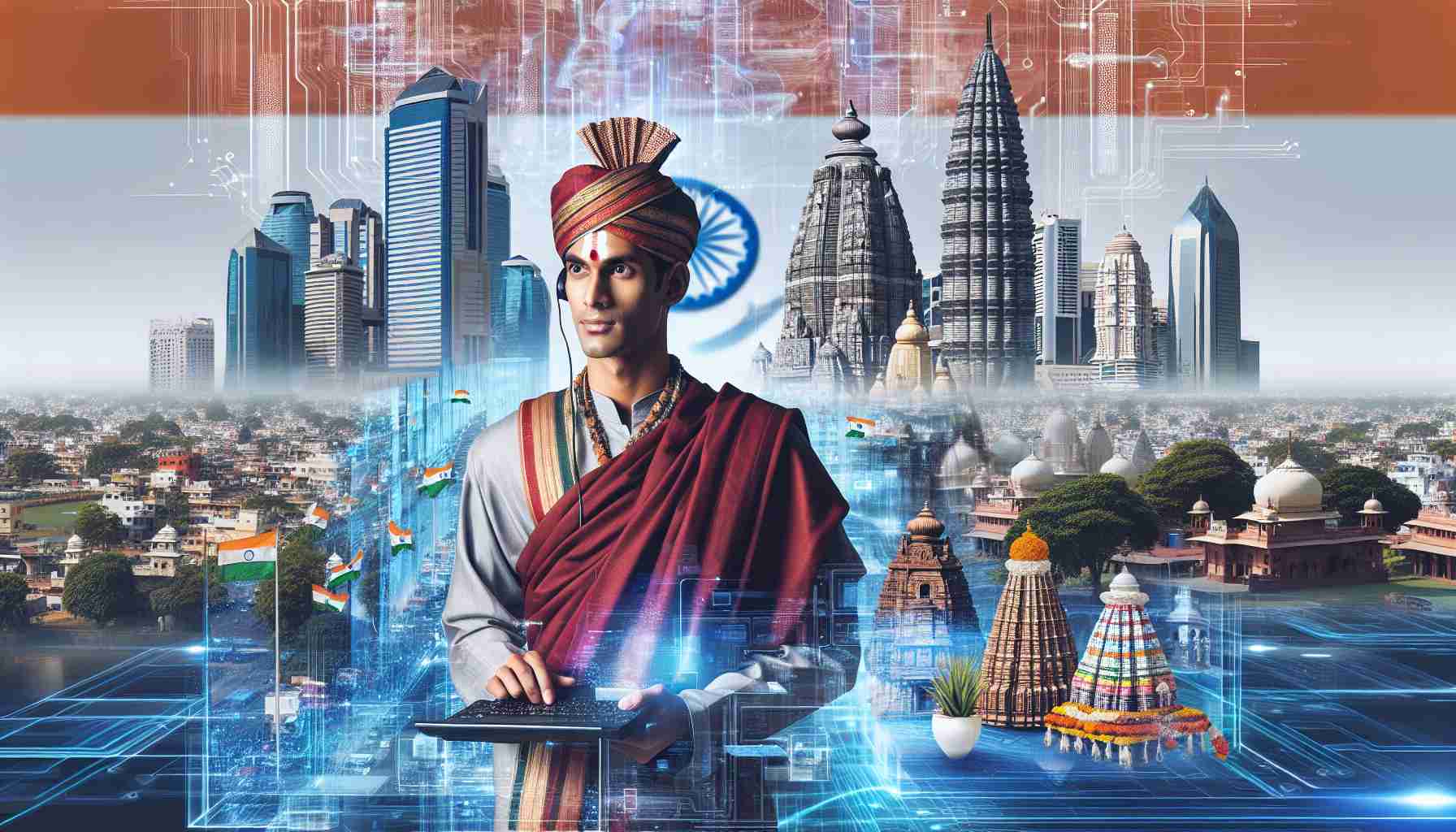In anticipation of the upcoming 2024 Lok Sabha elections in India, the Congress party has recently unveiled its visionary manifesto called “Nyay Patra.” This forward-thinking document highlights the party’s commitment to fostering the integration of advanced technologies, such as Artificial Intelligence and robotics, into the country’s economic landscape. While emphasizing the significance of these cutting-edge technologies, the Congress party also acknowledges the importance of sustaining job opportunities in sectors relying on traditional technologies.
The Congress manifesto emphasizes the adoption and encouragement of advanced technologies like Artificial Intelligence and robotics. By doing so, they aim to create new and innovative job opportunities throughout the nation. This approach recognizes the transformative potential of these technologies and seeks to harness their power for the benefit of India’s citizens.
However, the Congress party also acknowledges that traditional industries continue to play a vital role in India’s economy. Therefore, the manifesto guarantees that sectors using conventional technology will not be overlooked. The party is committed to ensuring the sustained growth of these sectors and the generation of employment opportunities within them.
Through this manifesto, the Congress party aims to strike a harmonious balance between the futuristic vision of technology-driven growth and the preservation of employment in existing industries. By integrating advanced technologies while nurturing the traditional sectors, they envision a future where economic growth is inclusive and sustainable.
It is worth noting that the Bharatiya Janata Party (BJP), the ruling party in India, is also expected to release its manifesto soon. Although details about their specific plans are yet to be unveiled, it is anticipated that the BJP manifesto will also underline the importance of technology, including Artificial Intelligence, in revolutionizing sectors such as agriculture and entrepreneurship. This demonstrates a widespread recognition among political parties of the transformative power of technology for the nation’s development.
FAQ:
Q: What technologies does the Congress manifesto emphasize?
A: The Congress manifesto emphasizes the adoption of advanced technologies, including Artificial Intelligence and robotics.
Q: What is the Congress party’s approach towards employment in traditional sectors?
A: The Congress party is committed to ensuring the sustained growth of traditional sectors and the generation of employment opportunities within them.
Q: What is the vision outlined in the “Nyay Patra” manifesto?
A: The “Nyay Patra” manifesto envisions a future where technology and tradition coexist, ensuring economic growth that is both inclusive and sustainable.
Q: What can we expect from the BJP manifesto?
A: While specific details are yet to be released, the BJP manifesto is expected to highlight the role of technology, including Artificial Intelligence, in areas such as agriculture and entrepreneurship.
The integration of advanced technologies, such as Artificial Intelligence and robotics, into India’s economic landscape is a significant topic within the industry. These technologies have the potential to revolutionize sectors ranging from agriculture to entrepreneurship. According to market forecasts, the AI and robotics market in India is expected to grow significantly in the coming years, driven by increased government initiatives and investments.
One of the main issues related to the adoption of advanced technologies is the potential impact on employment in traditional sectors. While technology-driven growth can create new job opportunities, there is also a need to sustain employment in sectors that rely on conventional technology. This is a challenge that the Congress party acknowledges in its manifesto, ensuring that employment opportunities within traditional sectors will not be overlooked.
To get a deeper understanding of the integration of advanced technologies in India’s economic landscape, Nasscom provides valuable insights and resources. It is a prominent industry association that focuses on the IT and business process management sectors. Their reports and research can help understand the market trends and forecasts related to AI, robotics, and other advanced technologies in India.
The government’s support and initiatives play a crucial role in fostering the integration of advanced technologies in India. The Department of Science and Technology (DST) is one of the key players in driving technology-driven growth and innovation in the country. Their initiatives include funding research and development projects, promoting technology startups, and establishing centers of excellence. DST’s website provides valuable information about their programs and initiatives.
The technological advancements outlined in political party manifestos, such as the Congress party’s “Nyay Patra,” indicate a collective recognition of the transformative power of technology for India’s development. It is expected that the Bharatiya Janata Party (BJP) manifesto will also emphasize the importance of technology in revolutionizing sectors like agriculture and entrepreneurship. As the ruling party, the BJP’s focus on technology-driven growth is highly influential in shaping policies and initiatives.
Keeping an eye on the BJP’s manifesto and their specific plans for advanced technologies can provide further insights into the government’s vision and strategy. Once released, the party’s official website, https://www.bjp.org/, can provide the details of their agenda and plans.
Overall, the integration of advanced technologies into India’s economic landscape is a topic that holds immense significance for the country’s future. Balancing the adoption of new technologies with the sustained growth of traditional sectors is crucial for ensuring inclusive and sustainable economic development. Continued government support, industry collaborations, and investments will play a vital role in realizing this vision.

